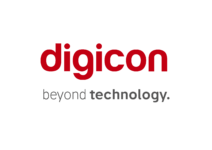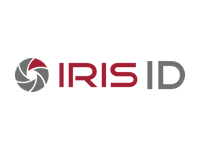With our very busy and noisy world, today achieving high productivity can be difficult. The level of distractions that follow us by way of our devices can be a hindrance. At the same time they can provide us with tools that if we use in the correct way will help us.
With the current dramatic shift in working patterns due to the pandemic has meant many more people are working from home. So using some of the solutions below will allow for a more collaborative and cohesive remote working setting to exist between employees of companies and their clients.
Project management
There are many benefits of using a project management software/app. Modern-day the availability and choice of software available is vast and greatly welcomed by many who have made the leap from the paper and pen planning days. We can explore some of the general benefits to organisations by using this type of software;
- Project Planning – by allowing scheduling of tasks, defining key role requirements, and marking the project milestones that would form the project timeline will allow for a much more efficient flow.
- Resource management is a very important consideration in project management. The effective use of resources, not just which resources are required but the timing of their need, availability or utilisations will affect the efficiency.
- Forecasting – when the overview of resource allocation and timeline can be seen, efforts can be made to prevent potential bottlenecks when multiple projects or streams of projects are running.
- Budget management is one of the factors that can be the difference between a successful or failed project. Decisions can more easily and quickly be made to avoid overspending on projects when all the time and cost information is available
- Communication both internal and external can happen in one place and so everyone involved can follow the conversation. Leaving less chance that key people get left out of the conversation or that information does not reach the right target.
Some examples of project management apps/software include;
- Asana – “designed to improve team collaboration and work management. It helps teams manage projects and tasks in one tool. Teams can create projects, assign work to teammates, specify deadlines, and communicate about tasks directly in Asana. It also includes reporting tools, file attachments, calendars, and more”
- Monday “is a project management tool[2] that enables organizations to manage tasks, projects, and team work.The platform’s capabilities include more than 100 prebuilt automation recipes and over 50 integrations with other work apps”
Time Tracking apps
These types of apps bring great benefit to any type of work set up, whether it is a sole person looking to accurately track their working hours or a company that wants to ensure their staff are working in the most optimal way to achieve the best results. When working time is tracked then it can be easier to determine project timelines by using the information available on previous tasks. The apps can provide a greater level of transparency to employers or even clients on how the time was used. Also increasing the billing accuracy, so charges are only made for relevant work time.
There are many of such time tracking apps that have varying features and costs. To give some examples;
- Everhour “is a team-oriented time tracking software.
- Harvest “offers time tracking, invoicing, expense tracking, and time-based reporting”
Cloud Document Sharing
With advancing technology and increasing image resolutions and file sizes it’s often that files cannot be shared by emails. So the existence of Cloud storage services that allow for files to be shared, edited, and stored has proven to be highly valuable. Not only that but the changing work culture, where increasingly people are working remotely allows them to have access to their files from anywhere with internet connection. The same document can be worked on by multiple persons at different locations to each contribute their part without needing to have multiple copies of the same document.
- Google Drive “is a file storage and synchronization service that allows users to store files on their servers, synchronize files across devices, and share files. very widely used service and highly reliable.
- Sharepoint “document management and storage system, but the product is highly configurable and usage varies”
All softwares/Apps mentioned are just a handful among many more that carry out similar functions. The decision of which to use is largely user preference to how intuitive they find the software to be. Software integrations is also a consideration for organisations that want to create a more seamless flow in their productivity.

















